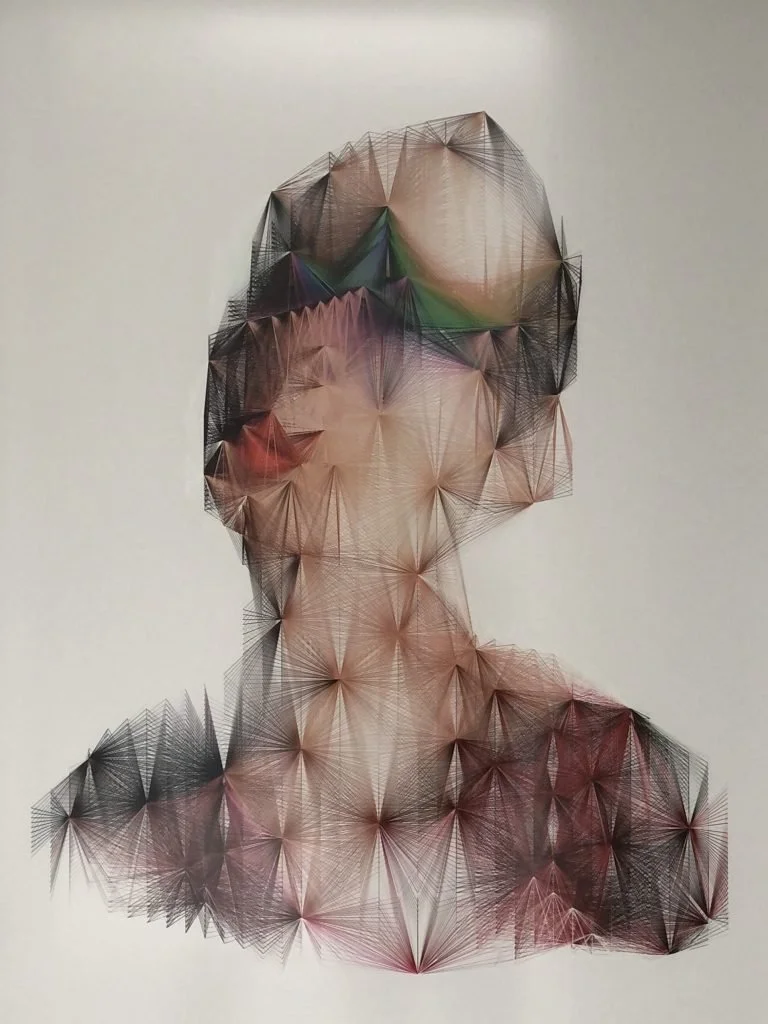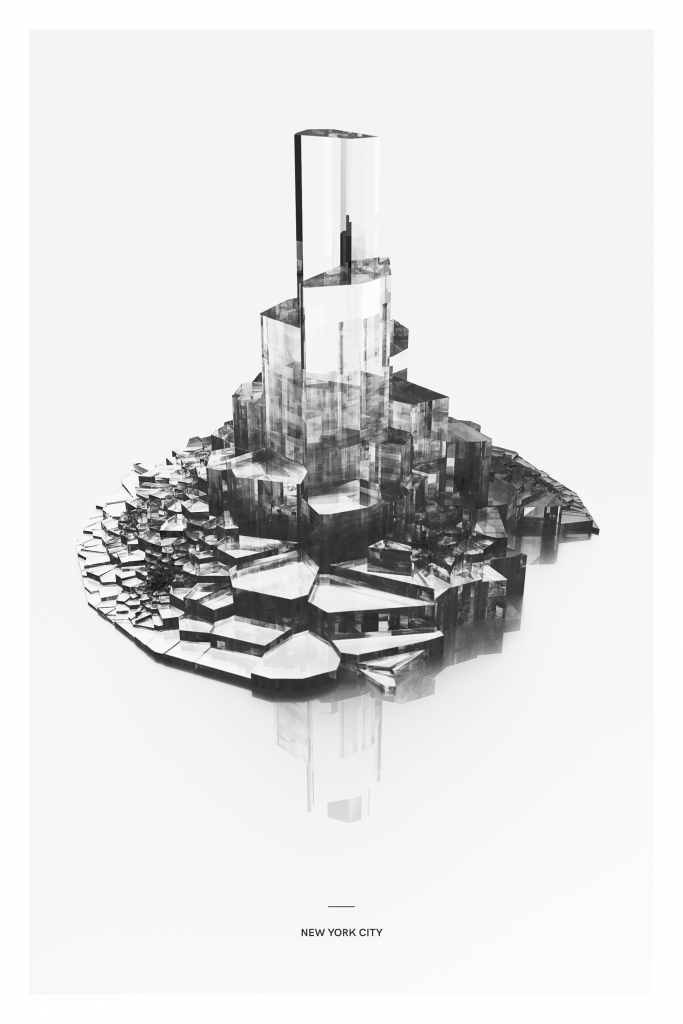Osborne Clarke | London
Interrogating Technology, Humanity and Ethics Through Contemporary Art
In a time of accelerating technological change, Osborne Clarke—a forward-thinking law firm deeply engaged in digital transformation—partnered with Art Acumen to curate a collection that explores the evolving relationship between humanity and tech. The London office programme was designed to inspire dialogue around the ethical, emotional and imaginative dimensions of innovation, asking how our values and perceptions adapt in an increasingly algorithmic world.
We selected works that confront timely questions:
How do machines see? How do we navigate latent bias? What role does human intuition play in the digital age?
These themes are explored through a mix of AI-generated and traditional practices that together form a layered, thought-provoking narrative.
Tom White invites us to experience the Algorithmic Gaze, with abstract ink drawings created by neural networks. These forms, recognised across AI systems, reveal how machines interpret familiar concepts—raising questions about culture, cognition and perception.
“The AI systems we are creating are their own unique culture, and so often their way of representing the world can seem foreign to what we’ve come to expect. But their ability to abstractly represent concepts that we in turn recognise suggests we may have more in common with the machines we are creating that we realise.”
Mark Rebennack’s meditative Exhale series transforms breath into line, where irregularities or “glitches” become celebrated moments of beauty. His work speaks to human error as a source of innovation, and reminds us of the ethical shadows cast within algorithmic systems.
Espen Kluge reimagines portraiture through generative code. Sourcing facial data and transforming it into vibrant geometric strands, his work manipulates emotional expression—highlighting our evolutionary sensitivity to faces and our ability to project meaning onto abstraction.
“Sometimes the lines and shapes can be really beautiful, and I don’t think I could calculate that. It’s impossible for me to have these things in my head before I start. I would like to think this is true for all generative artists. It is a very playful process.”
Nicola Lorusso bridges the analogue and digital by converting sonic input—music, voice, environmental sound—into finely rendered line drawings via custom generative algorithms. His pieces explore hidden systems and invite viewers to reconsider the boundaries between human and machine authorship.
The Crystal Tower series represents a captivating exploration into the realm of generative art, where algorithms take centre stage in crafting intricate three-dimensional distributions of skyscrapers across various urban landscapes informed by the growing patterns of crystals.
Through creative coding, the artist forges a unique artistic path by harnessing the potential of autonomous systems, employing sophisticated computer programs to create captivating digital drawings. This avant-garde approach breathes life into his art, as it emerges from the intersection of human creativity and machine intelligence.
“Together, these works serve as catalysts for cultural inquiry, mirroring the firm’s own role at the intersection of law and innovation.”
At the core of the artistic process lies the creation and manipulation of complex code and algorithms. Embracing the dynamic trio of JavaScript, Chrome, and Node.js, these captivating artworks take shape through a harmonious fusion of technology and artistic expression
“Art Acumen translated our values into an inspiring programme that challenges assumptions and sparks the kinds of conversations we want to be having. The collection balances aesthetic impact with intellectual depth—perfectly aligned with our ethos.”






